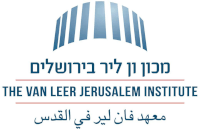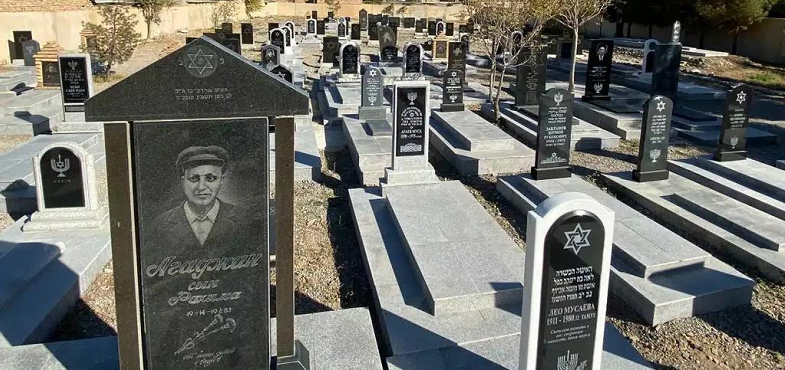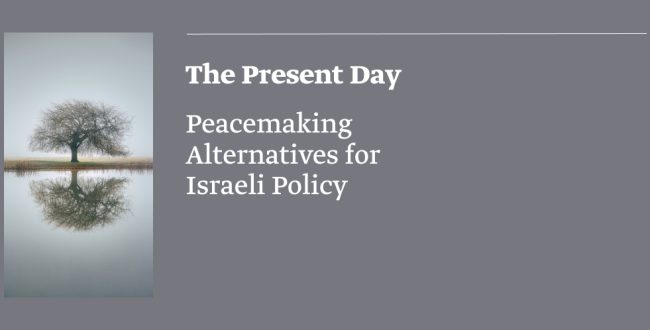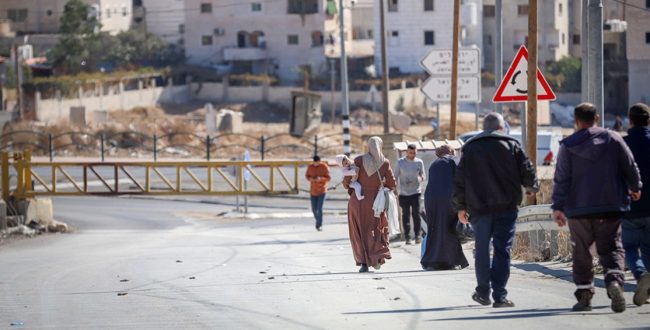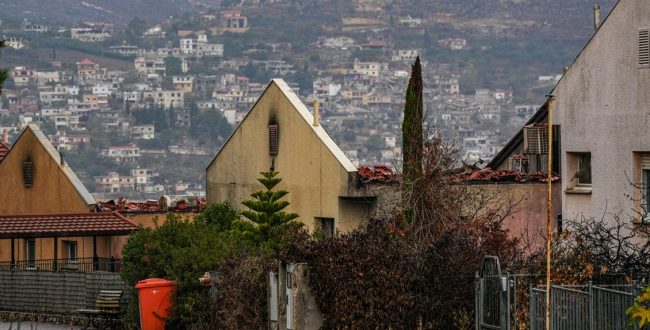At the end of July 2020, the news hit social media and was afterwards reported on various news sites, that a group of entrepreneurs who work in urban development in Tashkent, the capital of Uzbekistan, intended to tear down the only Ashkenazi synagogue in the city. Despite hints of harassment and discrimination on the part of the entrepreneurs, it was they who filed a civil suit against the body managing the synagogue, since, according to them, it refused any of the alternatives and reparations they had offered them. Surprisingly enough, within a few days the entrepreneurs decided to withdraw their suit, and abandoned their case to tear down the synagogue. Despite the fact that the entrepreneurs did not give a reason for their decision, it seems that there was someone who made it clear to them that it wasn’t worth it for them to continue with civil proceedings.
A few days after that, on the 10th of August (the 20th of Av) in the city of Almaty, in neighboring Kazakhstan, a big gathering of Chabad Hasidim was held, marking the 76th anniversary of the passing of Rabbi Levi Yitzchak Schneerson (the father of Rabbi Menachem Schneerson of Lubavitch) who was exiled there by the Communist Regime in 1939, and died there. In honor of the event, the government of Kazakhstan announced that it would include the grave site on the list of Kazakhstan’s national heritage sites. These two events are not connected to one another yet they both illustrate how government authorities are courting the remnants of Jewish communities, and raise questions regarding the role that Jews still fill in the local politics of the Muslim republics in Central Asia. This survey will try to present the complexity of this situation, and answer these questions.
The history of the arrival of Jewish communities in the Central Asian region is shrouded in mystery. Members of the deep-rooted Jewish community of Central Asia (the Bukharan Community) claim that they are the descendants of the Jews exiled by Assyria or Babylon during the First Temple Period, while others note their affinity with Persian Jewry, mostly due to their Tajik-Jewish language (Bukharian) they speak, which is based on Persian. Primary material witnesses show the beginnings of Jewish life at about the 9th or 10th century. Apparently, Jews settled in Central Asia before the Muslim conquest. The local community is a unique and cohesive community, which, over time, has absorbed a lot of the surrounding traditions and integrated them with ancient Jewish traditions. At the end of the 19th century, after Central Asia was conquered by Tsarist Russia, the first Ashkenazi Jews also began to settle in the area. Between the two World Wars the number of Bukharan and Ashkenazi Jews equalized and stood at about 50 thousand people, each.
During the Second World War, Central Asia was a significant destination for refugees who fled there on their own, as well as evacuees who were evacuated to the rear by the Communist regime. We don’t have a definite estimate of the number of Jews who found refuge from Nazi persecution in the Central Asian republics, but educated guesses range from about a half a million to 800 thousand Jews. Most of them left the area at the end of the War (and some of them, known as the “Children of Teheran” even during the war) but some of them stayed and help the development and preservation of Jewish life there, as much as was possible in the Soviet reality. During the Communist era this area was on the periphery of the Soviet union, and so it was less regulated, and Jewish life continued to exist, and even develop. So, even though, by letter of the law, the Soviets limited religious institutions, during the 60s the Ashkenazi Jews in the city of Frunze (today Bishkek), the capital of Kyrgyzstan, bought a private house at the edges of the city and turned it into a synagogue. In the 70s the Ashkenazi community in Tashkent managed to organize and buy a private house in the middle of the city and open a synagogue there. They even received approval from the regime. (This is the very synagogue at the heart of the conflict mentioned above.)
After the breakup of the Soviet union, most of the Jews of Central Asia -except for the Jews of Tajikistan who, aided by Israel, were evacuated during the country’s civil war – left of their own volition. At the same time as this process, at the beginning of the 90s, Chabad representatives arrived in the area and succeeded in reviving the Ashkenazi synagogues that were still active in some capital cities. Today, even in places where there were established communities, only a very small number of Jews remain. Some of the synagogues that survived the Communist era, and were still in use by members of the community at the breakup of the Soviet union have been closed due to lack of use, while others, including the most central ones, have difficulty finding a minyan – ten people required for prayer.
Despite the decline of the Jewish communities, it appears that the local authorities have a special interest in continuing to nurture “Jewish heritage” or at least make sure that the rights of the few Jews left are protected. For instance, in the city of Semey (Semipalatinsk), in northern Kazakhstan the authorities offered to return the old synagogue that had been appropriated during the Soviet era to the Jewish community, but the community declined the proposal. When, at the end of the 90s, it was decided to move the capital of Kazakhstan north to Akmola (afterwards Astana and now, Nur Sultan), it was suggested that a central synagogue be built there, as fitting for a capital city, even though there had never been a Jewish community there in the past, and nor was there a synagogue. Chabad representatives accepted the challenge , and in 2004, a new and beautiful synagogue (the biggest in Central Asia) was dedicated in the presence of the President of Kazakhstan Nursultan Nazarbayev. In 2008 the central government in Dushanbe, the capital of Tajikistan, destroyed the small building that held the city synagogue in order to build a new presidential site, but made sure to pay back the community with a new building that is much bigger than the old one, even though there are not enough Jews in the city in order to hold prayers and the place is closed most of the year. Over the last few decades synagogues that remain active have undergone wide-ranging renovations. The latest was the Bishkek synagogue, which was renovated in 2015. A year after a large community center was opened next to it as well.
These renovations were made possible by generous donations mostly from community members- most of whom have left Central Asia (Leviev and Mashkevitz are at the top of the list) . One of the prominent examples of local cohesion is the Jewish community of Yoloten, Turkmenistan. The whole community emigrated at the beginning of the 90s (the last Jew left in 2001), but they make sure to maintain the old cemetery and employ a local guard. The Yoloten community is not the only community invested in their homelands. There are many additional communities like them.
The reason for the Central Asian authorities’ strict preservation of the rights of the Jewish minority is related to a number of internal and external factors. First of all, nurturing Jewish heritage allows these regimes to present their treatment of their Jewish minority as an example of religious tolerance and the preservation of minority rights. This is especially considering the fact that the Jewish minority expresses loyalty to the regime and is no threat to it- socially or politically – whatsoever, in complete opposition to Muslim activists from various streams who are considered a real and present threat to the secular regimes. Due to this, it appears that in the various Central Asian Republics, in which the majority of citizens are Muslims, it is easier to lead a Jewish life than hold religious Muslim activities. For instance, in 2017 the authorities closed about 2,000 mosques in Tajikistan, which, according to them, were not legally registered. In all of the republics there are limitations and strict regulations on Islamic institutions, varying from republic to republic.
Another aspect that influences the relationship to the Jewish communities, is related to foreign relations and the perception that Jewish international organizations (religious, national, or civic) and the State of Israel, with which all the republics have established diplomatic ties, can help promote the interests of the rulers and republics with the decision makers in the West, especially the United States. On the other hand- all those bodies can put pressure on the governments if the rights of Jews are harmed.
A combination of these motivations, from within and without, allows the rulers to present the nurturing of the Jewish minority as the preservation of the rights of a religious minority, and at the same time fight the incursion of Islamic influences trickling into their territories from neighboring Iran and Afghanistan and even from Turkey and the Middle East. The nurturing of Jewish heritage serves local interests, but the numbers of, and even the physical existence of Jews in those republics has no real bearing on those interests.


